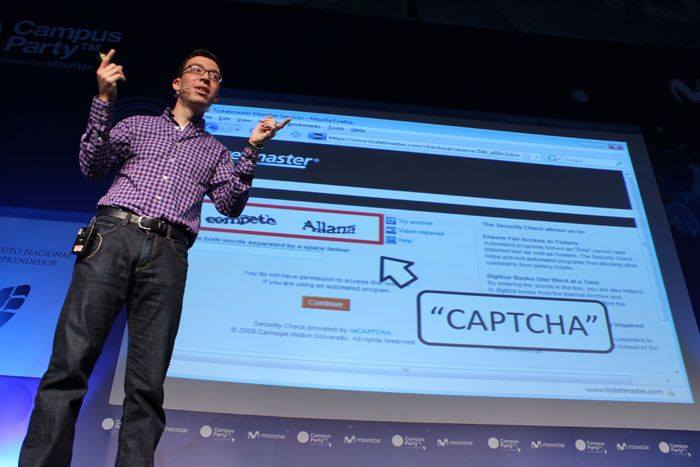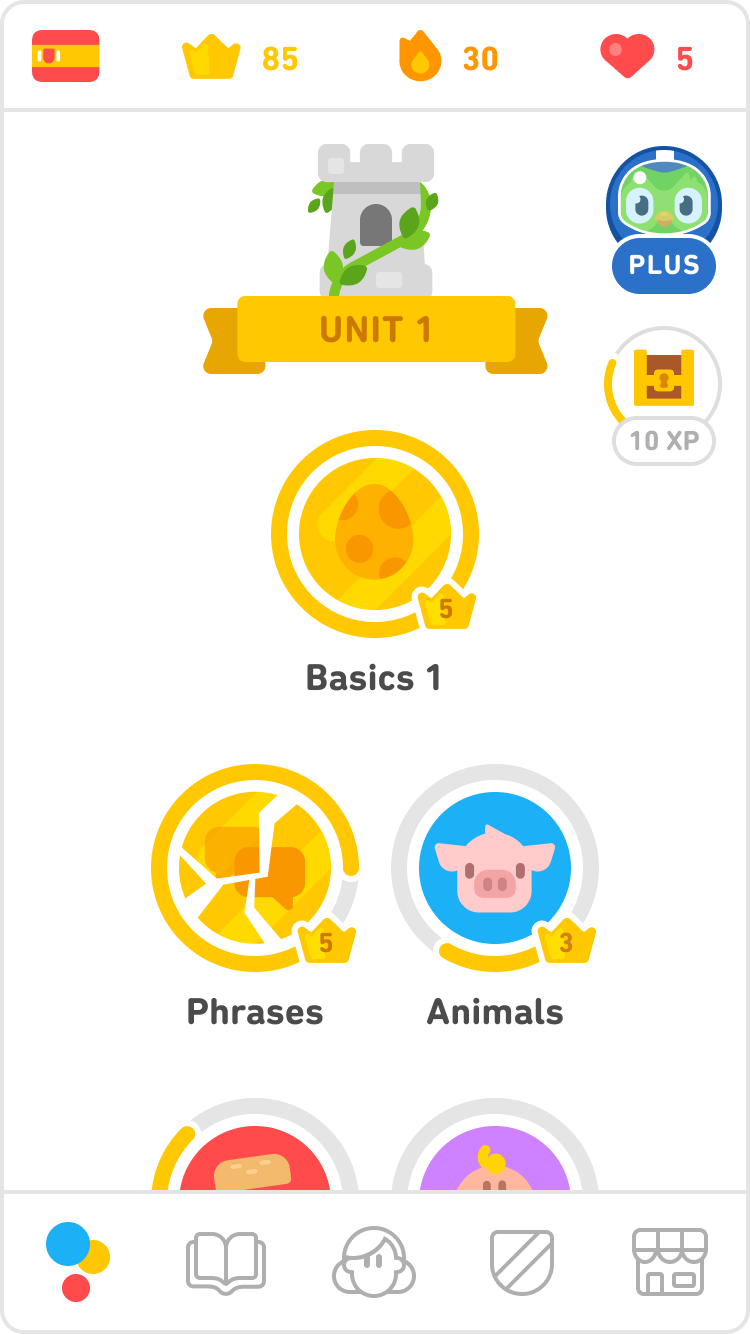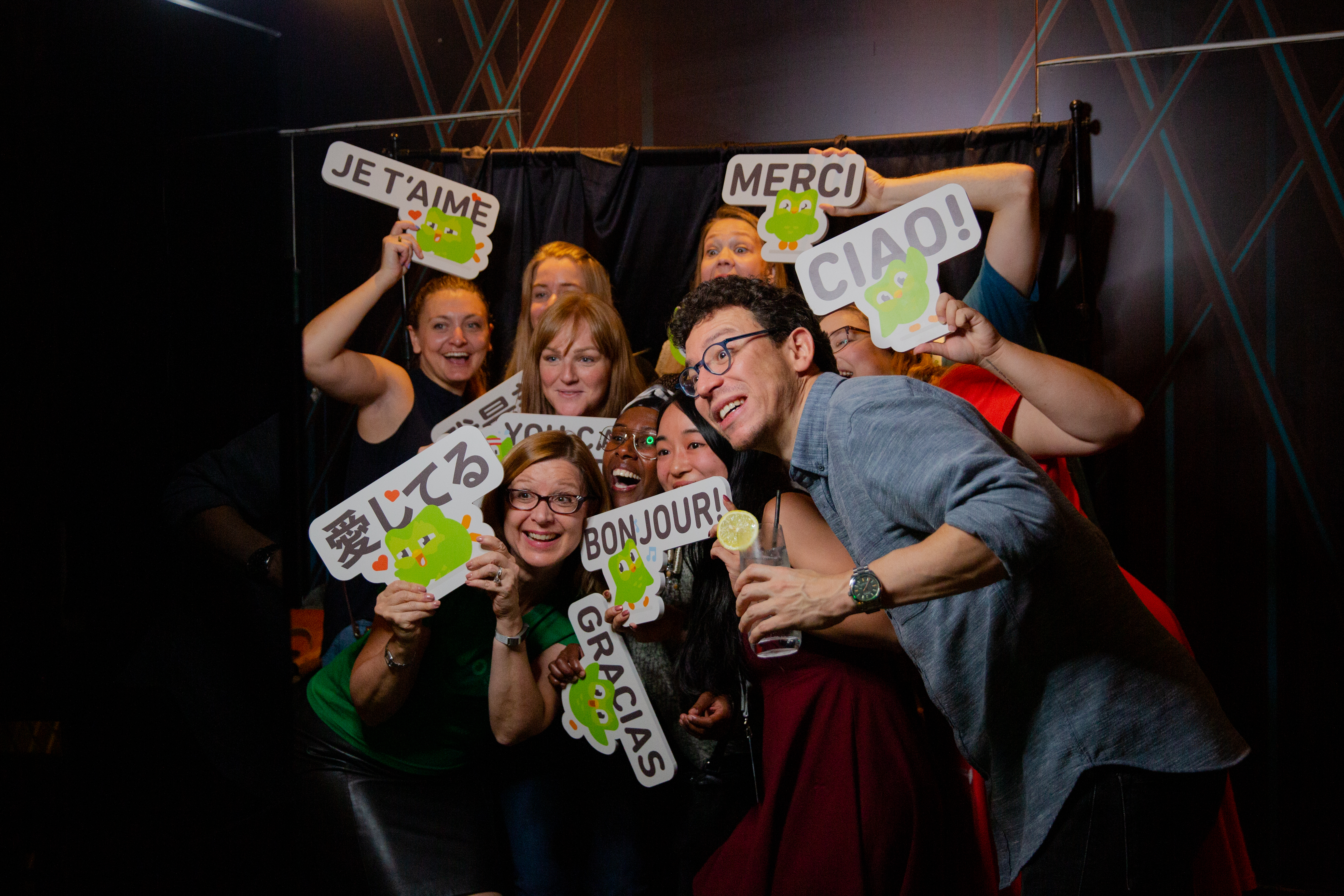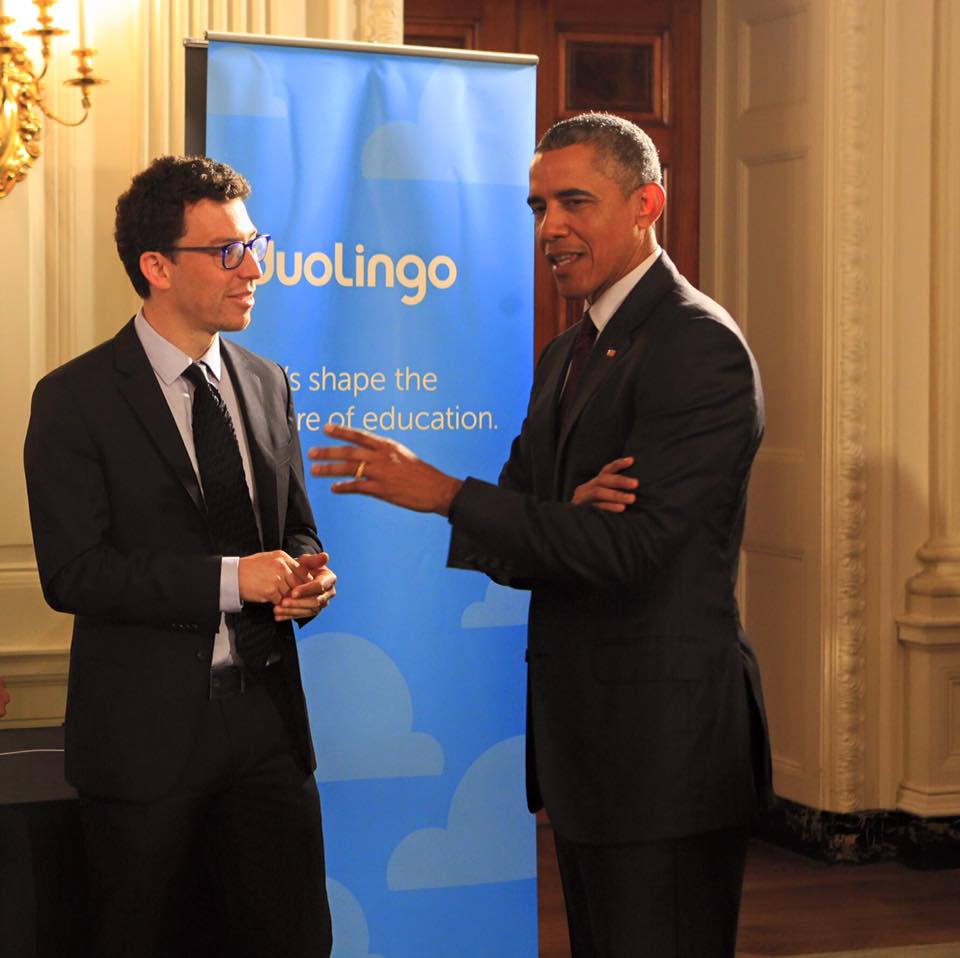The Station is a weekly newsletter dedicated to all things transportation. Sign up here — just click The Station — to receive it every weekend in your inbox. Hi there, new and returning readers. This is The Station, a weekly newsletter dedicated to all the ways people and packages move (today and in the future) from
The Station is a weekly newsletter dedicated to all things transportation. Sign up here — just click The Station — to receive it every weekend in your inbox.
Hi there, new and returning readers. This is The Station, a weekly newsletter dedicated to all the ways people and packages move (today and in the future) from Point A to Point B.
We took a week off and now we’re back. Whoop. Let’s catch up on all things transportation.
My email inbox is always open. Email me at kirsten.korosec@techcrunch.com to share thoughts, criticisms, offer up opinions or tips. You can also send a direct message to me at Twitter — @kirstenkorosec.
Micromobbin’

JOCO, a new docked e-bike service in New York City, has launched and is already facing some headwinds. The service started with 300 e-bikes at 300 stations in private parking garages and plans to expan to about 1,000 e-bikes at 100 stations by June. That is, unless the NYC Department of Transportation has anything to say about it.
The city has exclusive rights with Citi Bike for docked bikeshares, which has somewhat stunted NYC’s shared micromobility growth. The city has sent JOCO a cease and desist letter. Assistant commissioner of the DOT, Michelle Craven, wrote:
It has been brought to our attention that [JOCO] commenced bicycle share operations in the City of New York. Please be advised that you do not have the authorization or permission, pursuant to a concession, franchise, permit, contract or otherwise, required for such operations. Additionally, the City of New York will actively enforce all laws and its police powers, including but not limited to those that protect its rights of way and ensure the safety and service provided by the city’s rights of way.
Accordingly, you are hereby directed immediately to cease and desist from any such bicycle share operations.
JOCO’s lawyers maintain that the company is doing nothing illegal because it parks the bikes on private property, not city streets, like Citi Bike. The city did not respond to requests for more information about whether or not the DOT’s power extends to private property.
A turning point for micromobility at scale?
Within the past month, there’s been the e-scooter pilot in the Bronx, JOCO’s e-bike launch and now Lime’s decision to compete with Revel for the e-moped market. These moves suggest that New York is finally opening the doors to electric micromobility.
Lime announced the release of 100 electric mopeds in Brooklyn, with planned expansions in Queens and lower Manhattan. A little competition will hopefully do the micromobility industry good, and that needs to happen if NYC is going to achieve carbon neutrality by 2050. Let’s not forget, making e-mobility the norm is absolutely essential to reducing carbon emissions in cities.
Another company is working on making it easier to scale up micromobility. Wunder Mobility, a company that sells software to shared mobility startups, has launched a new subsidiary called Wunder Capital, which will help micromobility operators finance fleet. On top of that, the company has partnered with consumer micromobility vehicle manufacturer Yadea to refit its e-mopeds for sharing purposes. German shared e-moped company emmy is the first to publicly take advantage of all three Wunder Mobility offerings — the software, the loans and the Yadeas.
Meanwhile in the U.K., Wind has reported success in its e-scooter trial in Nottingham. Since the launch of the trial last October, city residents have taken more than 240,000 rides. According to Wind’s city manager in Nottingham, more than 100 users in the city download the Wind app every day, and there are rates of five to six daily rides on each scooter.
Vaccine efforts
Superpedestrian has announced it will offer one million free rides on its LINK e-scooters to help citizens get to vaccination centers in communities in Italy and Spain. The company is giving away up to €10 million in free rides. The company said these rides will be made available in all European cities served by LINK scooters, including Rome, Madrid, Turin, Palermo, Málaga and Alcalá de Henares.
Ready to outdoor e-bikes
Retrospec, the brand that makes fun toys like paddle boards, skateboards and bikes is now adding electric bikes to the mix. There’s the Beaumont Rev City ($1,999.00) for swift city rides, the Beaumont Rev Step Through for an easy-to-mount swooped frame ($1,999.00) and the Jax Rev Folding e-bike ($1,399.99) with fat tires and good suspension so you can take it off road.
— Rebecca Bellan
Deal of the week

The march of consolidation continued this week with ride-hailing company Lyft agreeing to sell its autonomous vehicle unit to Toyota’s Woven Planet Holdings subsidiary for $550 million. The agreement shakes out with Woven Planet forking over $200 million in cash upfront, and then paying off the remaining $350 million over a five-year period. About 300 people from Lyft Level 5 will be integrated into Woven Planet. The Level 5 team, which in early 2020 numbered more than 400 people in the U.S., Munich and London, will continue to operate out of its office in Palo Alto, California.
The transaction, which is expected to close in the third quarter of 2021, officially ends Lyft’s nearly four-year effort to develop its own self-driving system.
In the 24 hours or so after this deal was reported I received a number of texts and DMs from folks in the industry — investors and AV developers — all who said something like “wow, Lyft is giving this away,” or “this is a steal.” It reminded me of comments I received after Uber sold off its own self-driving subsidiary to Aurora.
Lyft is also making some structural organizational changes to reflect this renewed focus. The company said it will retain its team of engineers, product managers, data scientists and UX designers that have been working on the consumer experience of hailing and then riding in an autonomous vehicle, which will be headed up by Jody Kelman. This team, now known as Lyft Autonomous, will be folded into the company’s fleet division that manages more than 10,000 vehicles via its rental and express drive programs. Lyft Fleet, which was founded in 2019 and is led by Cal Lankton, is also the group spearheading the company’s transition to 100% electric vehicles on the network by 2030. The idea is to bring all of these efforts — shared, electric and self-driving — under one roof.
So, who is left in the AV developer industry? Not many. There are the big well-capitalized players like Aurora, Argo AI, Cruise, Motional, Waymo and Zoox, then a smattering of other startups and companies pursuing self-driving trucks, logistics and delivery. Who do you think is going to get gobbled up next?
On a side note: The Autonocast, that is the podcast I co-host with Alex Roy and Ed Niedermeyer, just taped an episode discussing the sale. We brought on Lyft co-founder and CEO John Zimmer to learn more on the why? and what’s next? Stay tuned for the episode to drop this week.
Other deals that got my attention …
EasyMile, a Toulouse, France-based autonomous vehicle company that builds shuttles for transporting both people and goods, closed a Series B of €55 million ($66 million) round led by Searchlight Capital Partners. McWin and NextStage AM along with previous investors rail industry heavyweight Alstom, Bpifrance and auto giant Continental also participated.
Hello, the Ant Financial-backed Chinese ebike-sharing company, filed for an IPO. The company, which has raised more than $3 billion, plans to list on the Nasdaq. A few interesting items from its S-1, the company reported $926.3 million in revenue in 2020, a 25% increase from the previous year. Hello is not yet profitable, however. The company reported a net loss of $173.7 million in 2020.
IRP Systems, a maker of powertrains for electric vehicles, raised a $31 million Series C funding round, bringing its total funding to $57 million. The financing was led by Clal Insurance and Altshuler Shaham, which are Israeli institutional investors. Also participating was Samsung Ventures, Renault-Nissan importer Carasso Motors and Shlomo Group, as well as existing investors such as Entrée Capital, Fosun RZ Capital and JAL Ventures.
Manna, the Irish drone startup planning to launch delivery services in the UK and US, raised $25 million Draper Esprit, Team Europe, the venture capital firm of Delivery Hero founder Lukasz Gadowski, and DST Global. The founders of online payments group Stripe also backed the group as private investors, the Financial Times reported.
Plus, the self-driving truck startup, is in talks to merge with special purpose acquisition company Hennessy Capital Investment Corp. V, Bloomberg reported citing people familiar with the matter. The deal would reportedly put the valuation of Plus at more than $3 billion.
Zomato, the Indian food delivery startup, filed for an initial public offering. The company, which counts Info Edge and Ant Group among its largest investors, plans to raise $1.1 billion from the IPO (about $1 billion from issuing new shares), according to the filing. The startup intends to list on Indian stock exchanges NSE and BSE. Zomato has been on a tear and now operating in 24 markets. It’s also raised more than $2.2 billion (according to research firm Tracxn), and was valued at $5.4 billion in its most recent fundraise round. The company said it may consider raising an additional $200 million ahead of public listing.
Policy corner!

It was a busy week in Washington. First up: Rep. Bobby Rush (D-Illinois) introduced legislation that calls for earmarking more than $7 billion each year in grants and rebates to scale up America’s electric vehicle charging network and accelerate domestic manufacturing of EVs. Rep. Rush introduced a similar bill last year that didn’t end up going anywhere, but with President Biden’s recent push for big spending on green infrastructure, we may see a different result this time around.
Meanwhile, a Senate Democrat sent a letter to the Environmental Protection Agency calling for stricter policies on greenhouse gas emissions that exceed those outlined in Biden’s climate plan. The letter, which was obtained by the Associated Press, says the EPA should introduce incrementally tighter fuel economy standards until 2035, at which point there would be a ban on the sale of new gas-powered cars.
“If the U.S. does not establish a robust policy that leads to zero emission vehicle deployment, combined with appropriate incentives, we will be at risk of losing our automotive jobs and industry leadership to other nations, as well as enduring unnecessary public health impacts from pollution,” the AP reported Carper wrote in the letter.
Notice Carper’s invocation of jobs? He’s not the only one that’s arguing for (or against) a speedy transition on the basis of how it will affect workers. At a recent hearing at the U.S. Senate Committee on Commerce, Science, & Transportation, a representative from the Motor & Equipment Manufacturers Association told lawmakers that a fully electric vehicle fleet could put at risk up to 30% of the auto supplier industry’s workforce.
Biden, of course, has said that the shift to EVs will not cost Americans jobs — but that’s hard to see how that’s the case without his plan passing. Bosch executives told me recently that only one employee is needed to manufacture an electric powertrain system, versus 10 for a diesel powertrain. Although Bosch is referring to operations in Europe, it’s an instructive example.
— Aria Alamalhodaei
Notable reads and other tidbits

Welp, lots happened. Shall we attempt to squeeze it all in? OK, let’s proceed.
Electric vehicles
GM revealed a four-part plan meant to handle all the steps of charging an electric vehicle, including finding a public charger and paying for the power, as the automaker seeks ways to attract customers to the 30 EVs it plans to launch by 2025. The Ultium Charge 360 plan — named after the underlying electric vehicle platform and batteries of its upcoming EVs — aims to handle the access, payment and customer service components of charging an electric vehicle at home and on the road. Importantly, GM has signed agreements with seven third-party charging network providers, including Blink Charging, ChargePoint, EV Connect, EVgo, FLO, Greenlots and SemaConnect.
This is more than just locking up partnerships though. If GM hopes to convert drivers to EVs it has to think about how to integrate real-time information about EV charging stations into the vehicle’s infotainment system. It appears the company is making an attempt at that through. Using their GM vehicle brand mobile app, EV drivers will be able to see real-time information, including location and whether a charger is being used, from nearly 60,000 charging plugs throughout the U.S. and Canada, the company said.
Tesla reported first quarter earnings. Tesla generated revenues of $10.389 billion, gross profit of $2.215 billion and net income of $438 million. The upshot: regulatory credits and bitcoin combined with volume growth and some gross margin improvement buoyed results and helped offset additional supply chain costs, R&D investments, the costs associated with changing over Model S and Model X and lower ASP (average selling price). Revenue jumped some 75% from the same period last year — certainly notable growth. Regulatory credits brought in $518 million and bitcoin made a $101 million “positive impact” to the company’s profitability in the first quarter, according to Tesla CFO and “master of coin” Zach Kirkhorn.
Tesla invested $1.5 billion in bitcoin this quarter and then trimmed its position by 10%. The company believes in the longevity of bitcoin, despite its volatility, Kirkhorn said during an earnings call. He noted that Tesla turned to bitcoin as a place to store cash and still access it immediately, all while providing a better return on investment than more traditional central bank-backed safe havens. Of course, the higher yields provided by the volatile digital currency comes with higher risk.
One more piece of Tesla news … CEO Elon Musk wants to turn every home into a distributed power plant that would generate, store and even deliver energy back into the electricity grid, all using the company’s products, according to comments he made during last week’s earnings call.
While the company has been selling solar and energy storage products for years, a new company policy will only sell customers solar coupled with the energy storage products. In short: it’s a package deal only. Musk’s pitch is that the grid would need more power lines, more power plants and larger substations to fully decarbonize using renewables plus storage. Distributed residential systems — of course using Tesla products — would provide a better path, in Musk’s view.
Volkswagen’s “Voltswagen” stunt is being investigated by the United States Securities and Exchange Commission, according to Der Spiegel.
Future of flight
Luminar Technologies said it is expanding its lidar business beyond automotive and into aviation through a partnership with Airbus. Until now, Luminar has exclusively focused on applying its light detection and ranging radar to automated vehicles on the ground — not in the skies. The partnership won’t immediately bring lidar into commercial aircraft. Unlike Luminar’s deal with Daimler, Mobileye and Volvo this is not a production contract, although the aim is that it will lead to one. Instead, the partnership is with Airbus’ UpNext subsidiary, which is focused on developing and eventually applying new technological breakthroughs to aviation.
The effort will be folded into Airbus Flightlab, an ecosystem that offers access to flight test platforms across Airbus’ business lines, including commercial aircraft, helicopters, defense and space. Luminar and Airbus will develop and test how lidar can be used to enhance sensing, perception and system-level capabilities to ultimately enable safe, autonomous flight, the companies said.
Wingcopter launched a new autonomous delivery drone designed to remove a technical bottleneck hindering the growth of drone transport services. The Wingcopter 198 is capable of making three separate deliveries per flight, the company said. Wingcopter has couched this multi-stop capability as a critical feature that will allow it to grow a cost-efficient — and hopefully profitable — drone-delivery-as-a-service business.
In-car tech
Volkswagen Group CEO Herbert Diess told Handelsblatt newspaper that the company plans to design and develop its own chips and software for autonomous vehicles. To be clear, VW doesn’t plan to manufacture these chips. Instead, it wants to own the patents and intends to have its software division Cariad develop the chips.
Sharing
Revel, the company that made its name by planting dockless blue e-mopeds in Brooklyn and then expanded swiftly this year into monthly subscription e-bikes and a “Superhub” EV charging station, is now rounding out its strategy to own electrification in cities. Last week, Revel announced it will be launching an all-Tesla, ridehail service in Manhattan below 42nd Street. To add a bit of drama to the launch, NYC’s Taxi & Limousine Commission has come out with a statement saying the company has no right to operate a for-hire taxi service. The TLC has issued a cap on for-hire vehicles because supply exceeds demand, according to TLC Commissioner Aloysee Heredia Jarmoszuk. Revel says its actions are perfectly legal because its service falls under the electric battery exemption, which Jarmoszuk says “exists to encourage already-licensed cars to go green, not to flood an already saturated market or to disenfranchise the Yellow Taxi sector in Manhattan.”
Stellantis has a short-term vehicle service called Free2Move that is expanding into the United States. The car on-demand subscription service will first launch in Los Angeles before opening in five other American markets by the end of the year. The service has been deployed in several European countries since 2019.
Uber is launching more than a half-dozen new features, including one that will let users book vaccine appointments at Walgreens and reserve a ride to get their jab, as the company homes in on a business model that will finally deliver profitability. The features fall under what Uber is describing as its “go get” strategy and is meant to mark a return to more “normal” business operations following 14 months of shutdowns caused by the COVID-19 pandemic. The numerous features that include vaccine booking, a valet service that will drop off a rental car, reserved rides at airports that offer up to an hour of wait time and options to pick up food during a ride-hailed route are all centered around Uber’s core services of delivery and ride hailing. Side note: Earnings alert! We will be listening in May 5.
TC Sessions: Mobility 2021
The TC Sessions: Mobility 2021 event, which is scheduled for June 9, will be virtual again — as I have mentioned before. We released a “mostly” final agenda. There may be a surprise or two more.
Early Bird tickets to the show are now available — book today and save $100 before prices go up.
Other guests to TC Sessions: Mobility 2021, includes Joby Aviation founder and CEO JoeBen Bevirt, investor and LinkedIn founder Reid Hoffman, whose SPAC merged with Joby, investors Clara Brenner of Urban Innovation Fund, Quin Garcia of Autotech Ventures and Rachel Holt of Construct Capital, as well as Starship Technologies co-founder and CEO/CTO Ahti Heinla. We also plan to bring together community organizer, transportation consultant and lawyer Tamika L. Butler, Remix co-founder and CEO Tiffany Chu and Revel co-founder and CEO Frank Reig to talk about equity, accessibility and shared mobility in cities.
















